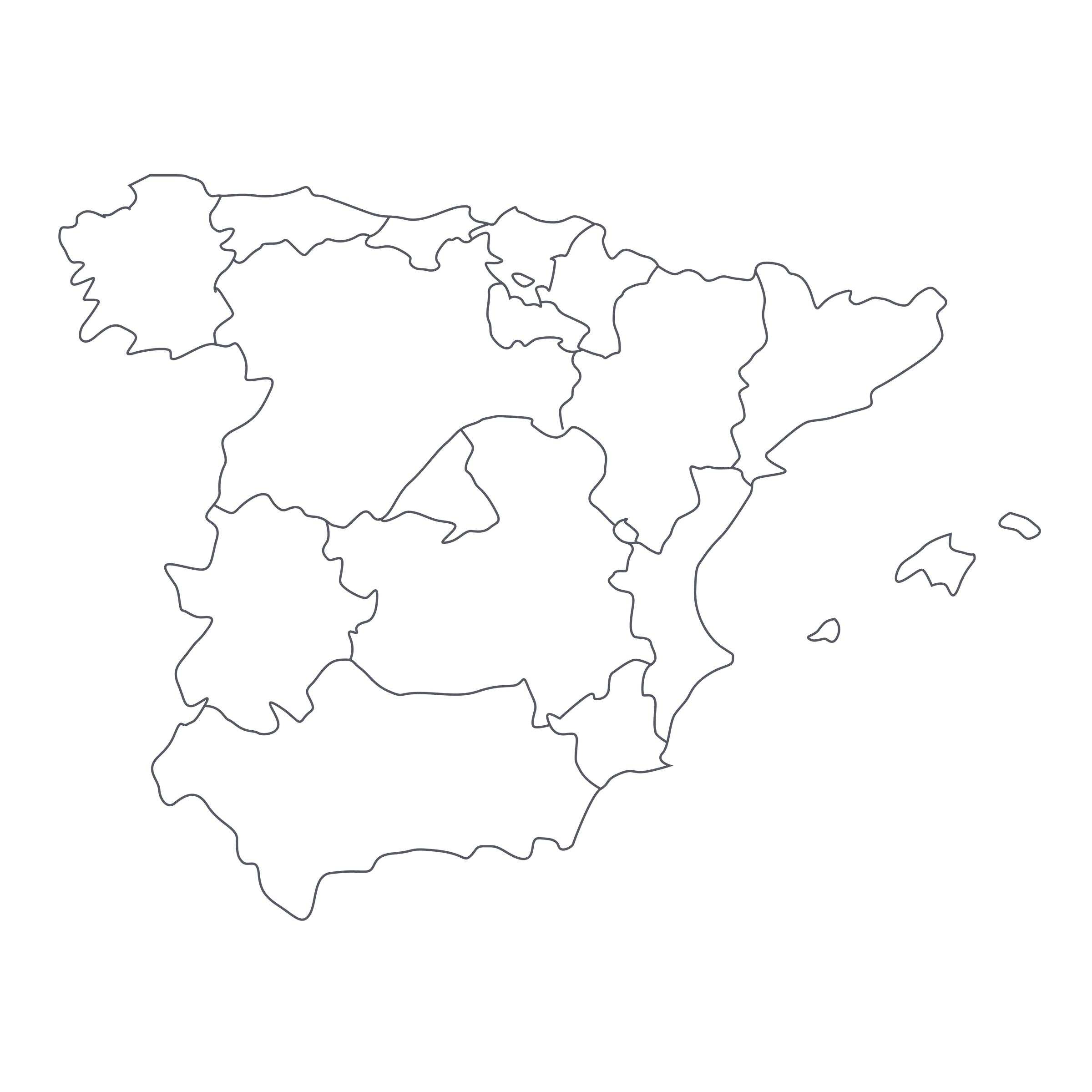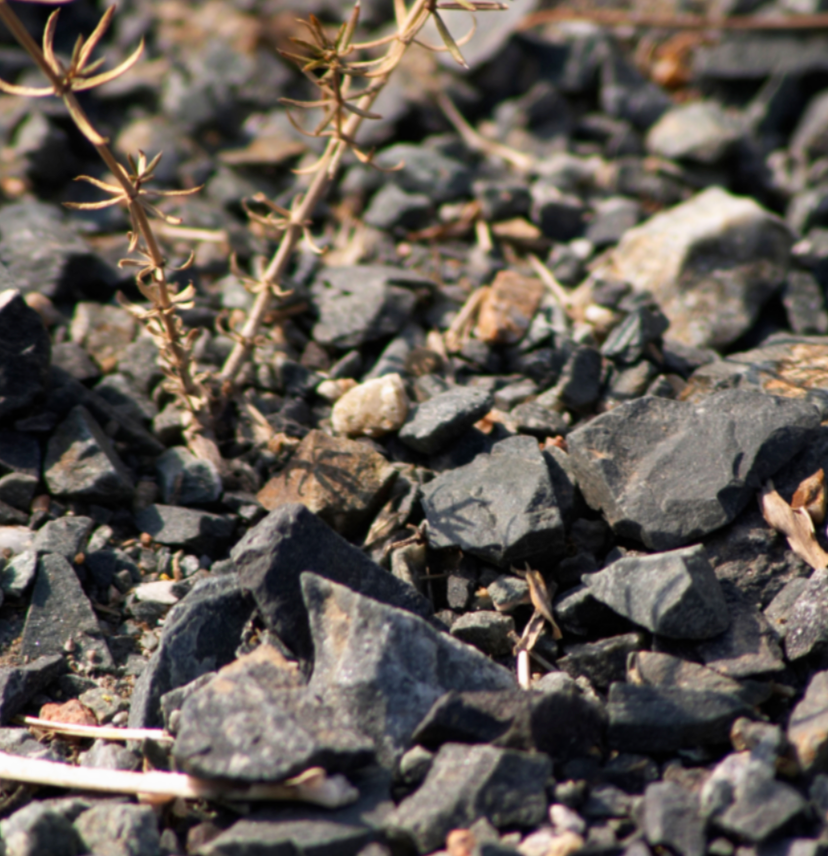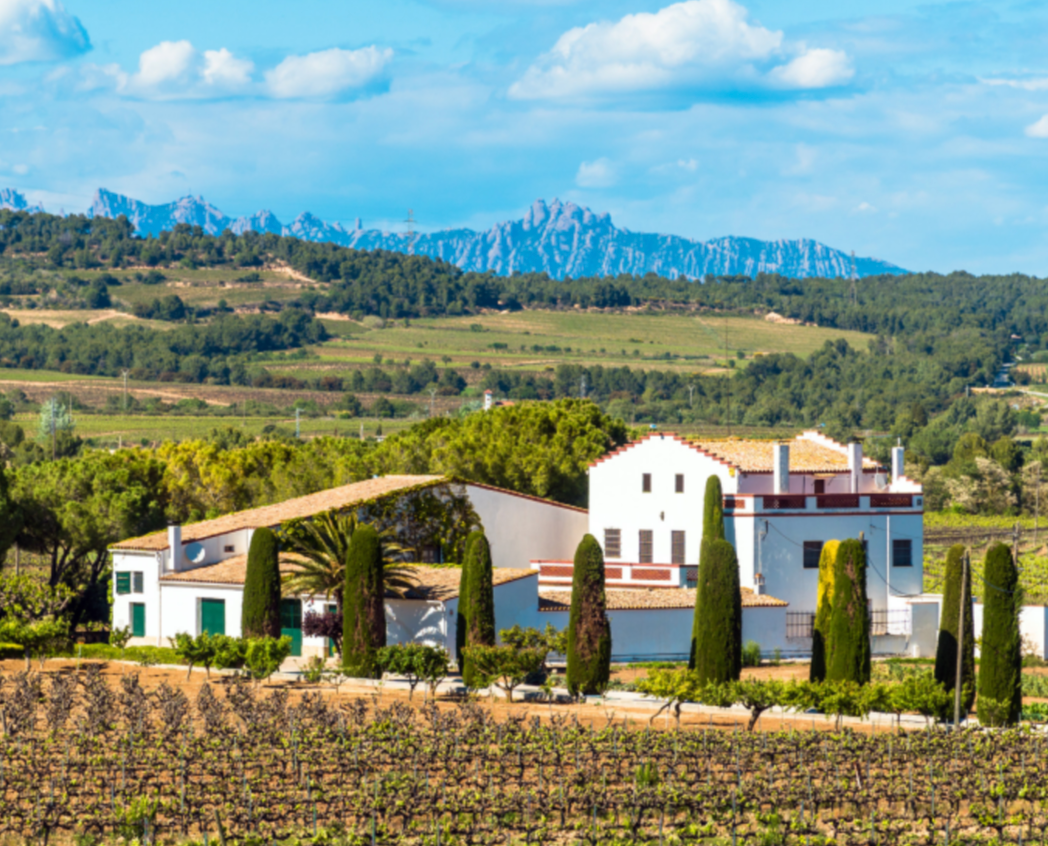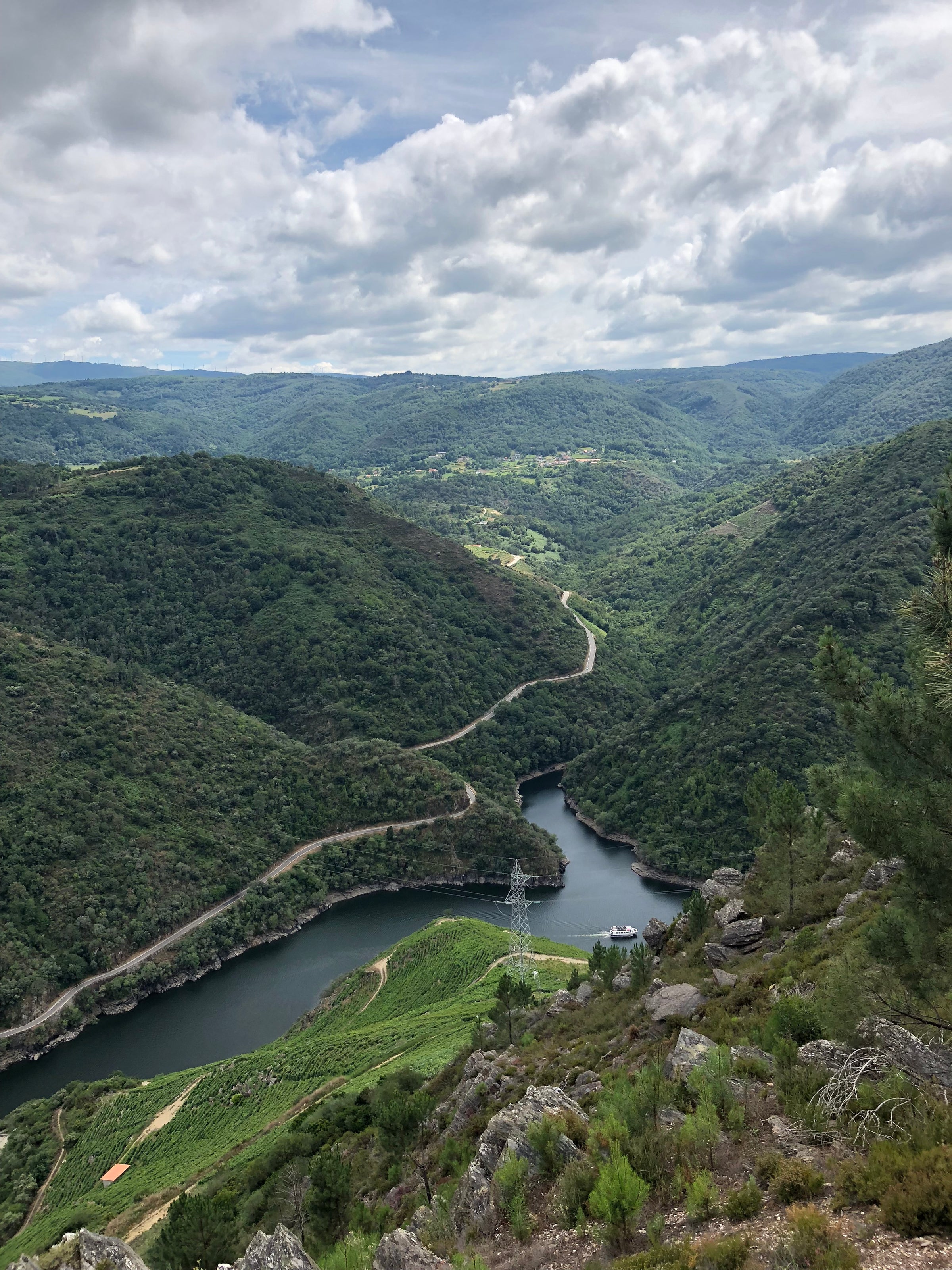Spain’s Basque Country holds unparalleled gastronomic treasures, from the incredible pintxo bars of San Sebastián to some of the world’s premier restaurants in Elkano and Asador Etxebarri. But these days, it’s not just the food—the wine scene has exploded in kind.
The region’s awash in Txakoli, fun and effervescent, a perfect foil to a plump gilda, but not always memorable. Yet, there are serious viticultors like Itziar Insausti, whose Doniene Gorrondona is setting the pace for elemental and iconoclastic renditions of Txakoli. Crystalline and reaching in scale, they’ll slake your thirst AND make you think. Make no mistake, this is one of Spain’s great white wine bargains, and one that sits comfortably above others at the price point, no matter the origin.
Almost perfectly due north of Madrid, on Spain’s Atlantic Coast, sits Bilbão—home to Frank Gehry’s trippily designed Guggenheim and the Bizkaiko Txakolina DOP (Protected Denomination of Origin). This appellation is one of a handful of Txakoli-producing zones scattered along the edge of Spain, where the array of indigenous grapes is headlined by Hondarribi Zuri (white) and the unrelated red, Hondarribi Beltza. Vineyard cultivation in the area nearly disappeared altogether thanks to a combination of phylloxera at the end of the 19th century and urban sprawl during the 20th, but in 1994 the DOP was officially codified and resurrected—thanks to a few die-hard locals, including the pioneering Doniene Gorrondona.
Located here, in the seaside village of Bakio, and centered around a farmhouse and winery first constructed in 1852, Doniene Gorrondona was founded by winemaker Insausti and partner Andoni Sarratea. Their vineyards in the lush Bakio Valley are effectively wedged between the Bay of Biscay and verdant, mountainous forests of pine in all other directions. 16 hectares of vineyards, sustainably and pristinely farmed, rise from zero to 250 meters above sea level, all planted to local varieties. They are one of the few holdouts still devoted to Hondarribi Beltza and other native reds, and eke out a couple hundred cases yearly of Tinto from their pre-phylloxera vines. But it is the “Doniene” bottling, a soul-stirring ode to Hondarribi Zuri, which levels up from a simple, crisp white into a genre-defining and multifaceted wine of real significance. It’s the result of a visionary, monumental effort, a real vino de terruño, one which viscerally highlights the incredible natural raw materials of Euskadi.
As expected, much of the hard work happens in the vineyard, with grapes drawn from only the oldest and highest-elevation vines. Yields are severely restricted to under half of allowable, further concentrating flavors. Soils here are a mix of clay and sand over slate, with the mature vines trained in the traditional high “pergola” style to allow for adequate air circulation in the damp, cool climate. Doing so allows the winery to farm organically, with minimal inputs, save for a small amount of sulfur in the winemaking. After harvesting by hand, grapes are destemmed and given a brief cold soak; “Doniene” is produced solely from free-run juice, fermented on ambient yeasts in steel. The wine stays on the lees until the spring.
The result is a complex and chiseled rendition of Txakoli, free of fizz, and offering dense, citrus-tinged fruit. In the glass, it’s a pale straw-gold with green highlights with aromas of tart green apple, white peach, preserved lemons, wild mountain herbs, sea salt, and wet slate. It is fresh and racy on the palate, with rich green fruits, a hint of florals and a citrus squirt complementing the savory “sea spray” character. Simultaneously transportive, evocative, and deeply resonant, this wine transcends categories and brings the glory of Basque Country to your table. Chill it to about 45 degrees, grab some all-purpose stems, and serve with your favorite seafood. If you can find hake at your fishmonger (or good cod), the following recipe pairs beautifully.










